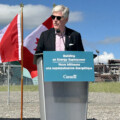Following several weeks of active (though technically informal) campaigning, Alberta’s 2023 provincial election is now finally underway and voters head to the polls on May 29.
The campaign, and its outcome, will be one for all Canadians to watch.
The province has the third-largest economy in Canada and its population is rapidly growing. It’s the destination for an increasing number of people leaving unaffordable cities elsewhere. Its energy sector is an important contributor to the national economy and federal finances. It is also the regional core of Canada’s federal Conservative Party, so outcomes here may affect that party’s prospects elsewhere.
There may also be national unity implications of the vote. A separate Alberta Pension Plan, for example, which would likely result in higher CPP contribution rates for workers outside Alberta, may hinge on this campaign. And regardless of which party wins, the federal government is picking fights that the next provincial government will have to forcefully respond to.
What makes Alberta’s 2023 election especially interesting, though, is how so much may depend on so few.
Of the roughly two million votes that may be cast, the winner could be decided by a small handful—potentially a few hundred—in just a few critical ridings.
It’s going to be tight. Very tight.
The latest projection
To understand the election dynamics that will play out in the province over the next month, you must appreciate that Alberta is divided into three regions: Edmonton, Calgary, and the rest. Winning two of these three broad regions is typically required to form a government.
Currently, the NDP dominates Edmonton while the UCP dominates rural areas.
The regions aren’t the same size, however. And by commanding rural areas, the UCP has a clear seat advantage going into this campaign.
Don’t just take my word for it. One source of excellent election insight is P.J. Fournier at 338Canada.com. This projection is regularly updated with the latest available polling and suggests a UCP victory is more likely than not. As of last week, the model implies the UCP may capture 49 of the 87 available seats versus the NDP’s 38.
While this might look like a comfortable position, the margin of victory is tiny and many seats could easily flip the other way.
It’s all about Calgary
Based on this 338Canada projection, there are roughly 27 relatively safe NDP seats—where the projected margin of victory is at least ten points—compared to 40 for the UCP.
It’ll all come down to those 20 remaining seats, 15 of which have projected margins between the parties of no more than three points. And almost all of those are in the northern half of Calgary.
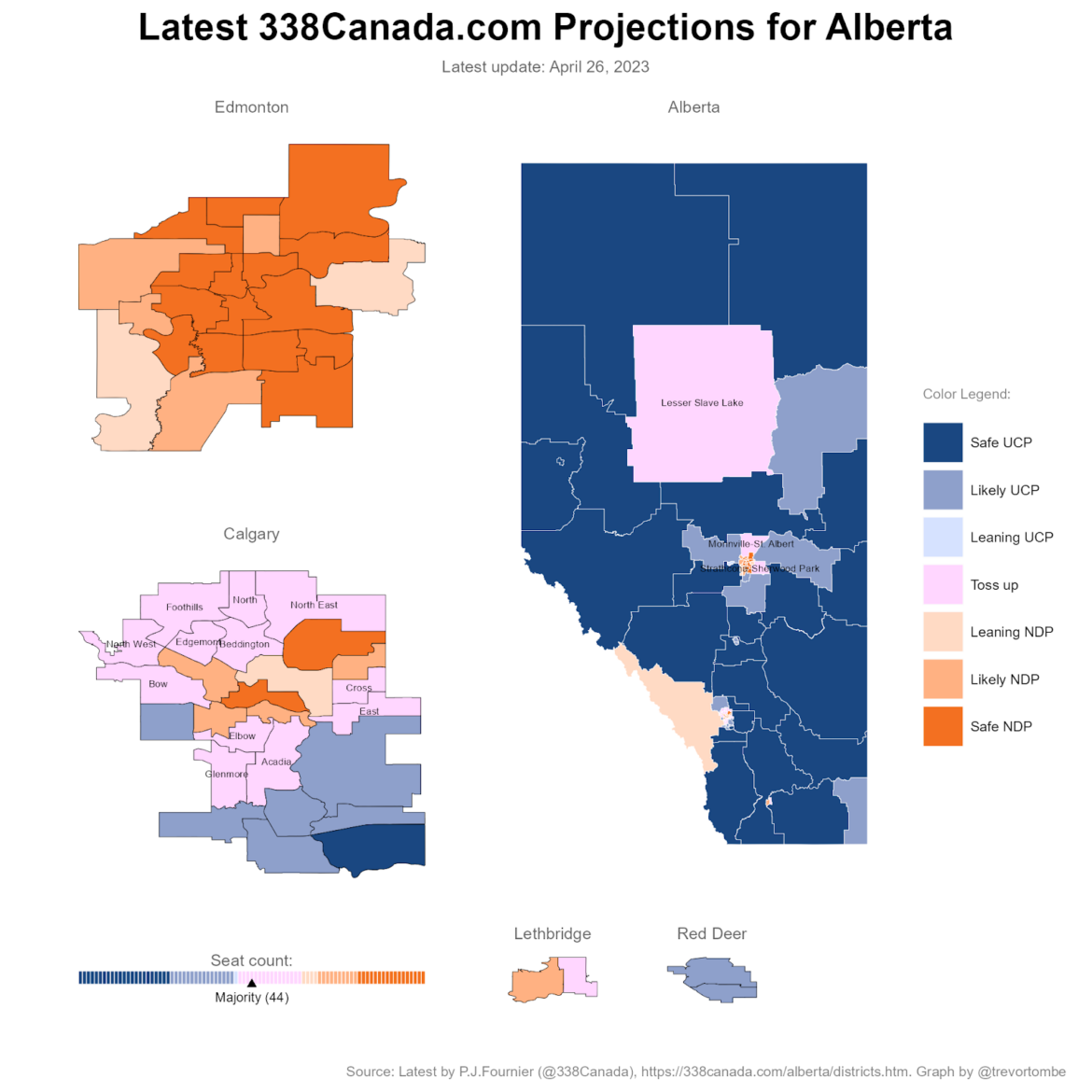
In short, Alberta’s election is all about Calgary.
It’s little wonder why the province put forward hundreds of millions toward a new arena for the Calgary Flames. A commitment that was, interestingly, tied explicitly by the premier to a UCP victory. It is also a more business-oriented electorate than other regions—it is home to more corporate headquarters than any city outside Toronto—so tax policy and government finances may loom large. Both parties have committed to not raising taxes, for example, and the UCP has gone even further: they’ll require a referendum to change future income tax rates, like what’s already on the books for a sales tax.
With a race this close, nearly every issue that arises—and every vote in key battleground ridings—will potentially decide the winner.

Alberta’s election pyramid
To better appreciate just how tight things are, consider each riding as one layer of a pyramid that each party stacks up to reach the required 44-seat majority.This is inspired by a New York Times visualization from the 2000 presidential campaign.
Stack the likeliest victories at the bottom and continue through to the tightest toss-ups at the top. This reveals nearly all the seats that put the UCP over the top have razor-thin margins that a handful of voters could shift. The same for the NDP.
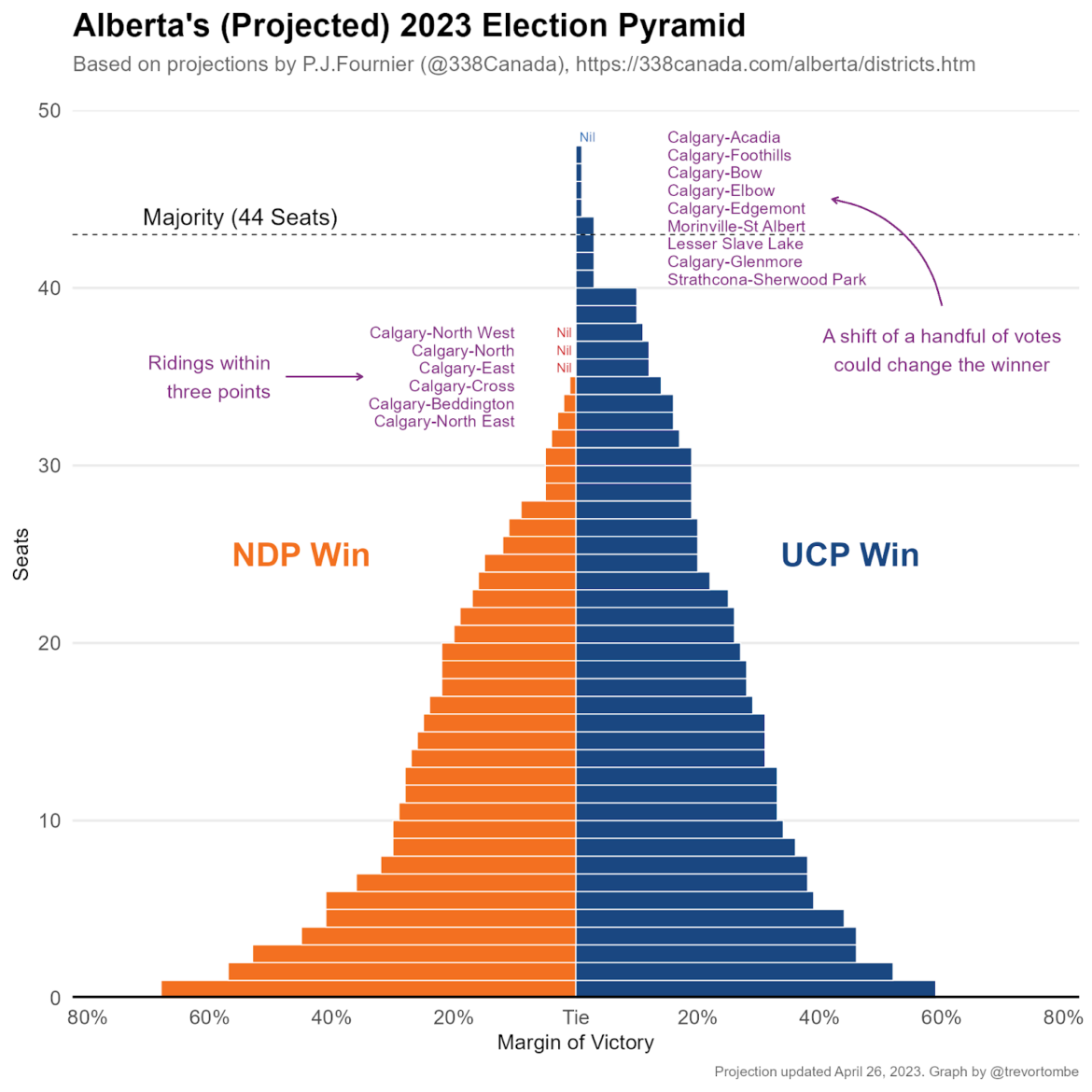
Small swings in the vote share can therefore translate into large seat swings. A uniform two-point swing towards the UCP, for example, results in potentially 54 seats going UCP compared to 32 for the NDP. That’s a comfortable majority.
In contrast, the same two-point swing in favour of the NDP could result in 44 seats going their way compared to 43 for the UCP. Such an outcome would be wild. The Speaker normally comes from the governing party ranks, after all, so 44/43 would create an effective tie between the parties in the legislature, grinding any meaningful business to a halt.
Of course, all of these projections are based on polls and a model of electoral outcomes. The campaign will no doubt matter. Potentially a lot. A shift of just a few voters could make all the difference. The half-dozen seats that put the UCP over the top, as we can see in the graphic, could flip the other way with less than a few hundred voters in each riding changing their minds.
Which party forms the government could very well come down to less than 0.05 percent of voters.
Whichever way it goes, this all makes Alberta’s provincial election a fascinating and important campaign for all Canadians to watch.
Recommended for You

David Eby is holding Canada back
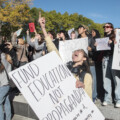
The strike Alberta didn’t deserve
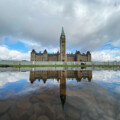
Our peri-postliberal moment: What happens when liberalism is no longer enough?

Many young Canadians will never earn more than their parents due to social mobility barriers: Report
